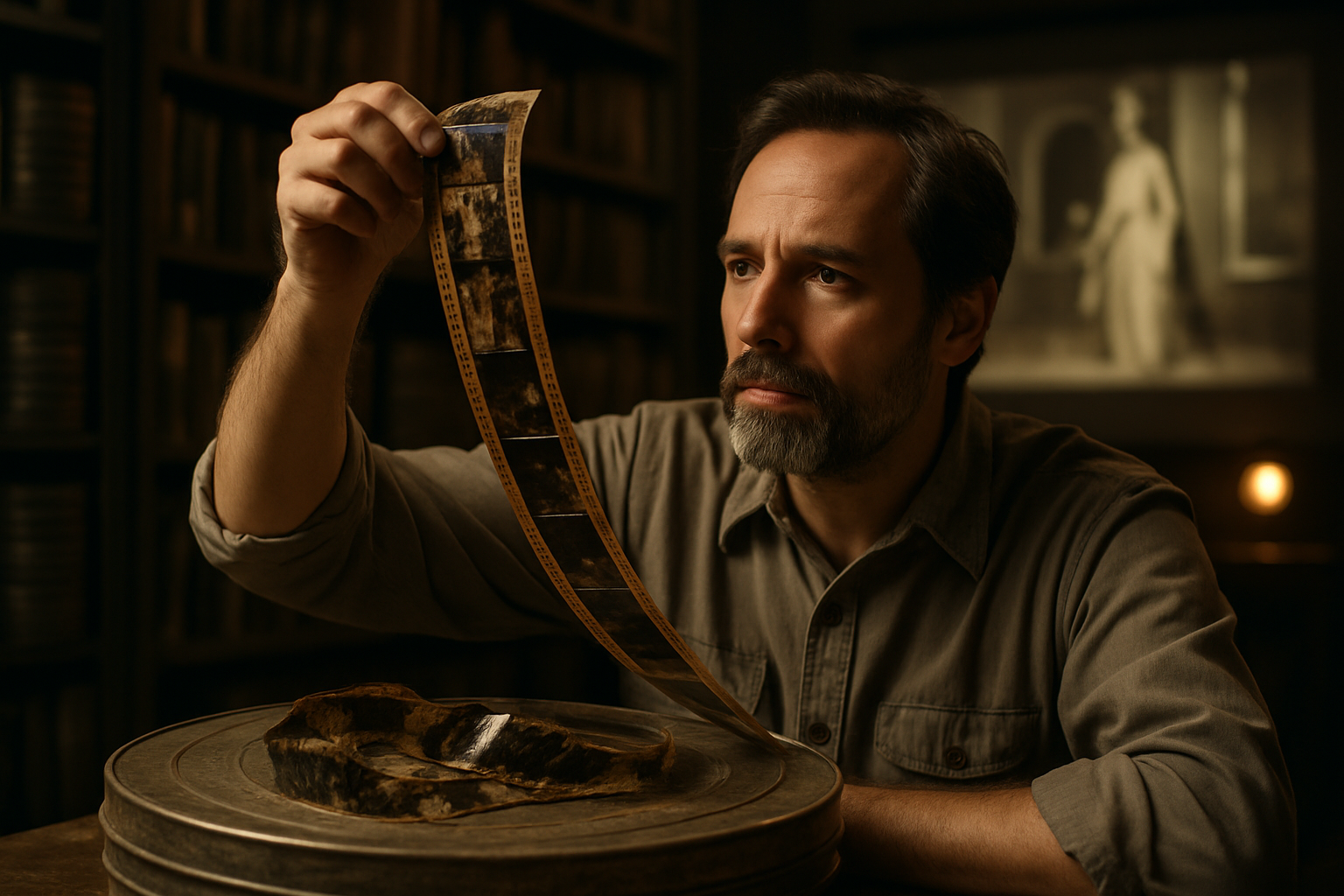Rediscovering Forgotten Film Relics: The Celluloid Archaeology Movement
In the shadows of modern cinema, a passionate group of historians and film enthusiasts are embarking on a unique journey through time. The Celluloid Archaeology Movement, a burgeoning trend in film preservation, is unearthing long-lost cinematic treasures from dusty archives and forgotten vaults. This article delves into the world of these celluloid archaeologists, exploring their methods, motivations, and the forgotten gems they've brought back to life.

Unearthing Hidden Treasures
Celluloid archaeologists employ a variety of techniques to discover forgotten films. They scour estate sales, abandoned theaters, and even landfills for discarded reels. Some work closely with libraries and museums, helping to catalog and preserve existing collections. Others use historical records and oral histories to track down rumored lost films.
One of the movement’s most significant finds came in 2018 when a complete print of the 1910 silent film The Sergeant was discovered in a Norwegian church basement. This early Western, long thought lost, provides valuable insights into early narrative filmmaking techniques and has since been restored and screened at several film festivals.
The Challenges of Restoration
Once a film is discovered, the real work begins. Many of these forgotten reels are in advanced stages of decay, requiring specialized knowledge and equipment to restore. Celluloid archaeologists must contend with issues like vinegar syndrome, a chemical reaction that causes film to deteriorate and emit a strong vinegar odor.
Restoration techniques range from traditional photochemical processes to cutting-edge digital tools. In some cases, fragments from multiple incomplete prints are combined to create a more complete version of a film. The goal is always to preserve the original artistic intent while making the film viewable for modern audiences.
Beyond Hollywood: Global Cinematic Heritage
While much attention is focused on lost Hollywood productions, the Celluloid Archaeology Movement has a global scope. Archaeologists have uncovered important works from early African, Asian, and South American cinema, helping to fill gaps in our understanding of global film history.
In 2020, a cache of pre-revolutionary Iranian films was discovered in Tehran, offering a rare glimpse into Persian cinema before 1979. These films, many of which tackle social and political issues of their time, are now being studied and restored by an international team of experts.
The Impact on Film Studies and Pop Culture
The rediscovery of lost films has had a profound impact on film studies, often challenging established narratives about cinematic history. For example, the 2019 restoration of 1898’s Something Good - Negro Kiss, one of the earliest known depictions of African American affection on screen, has prompted scholars to reevaluate early representations of race in cinema.
These rediscovered films are also finding new audiences through special screenings, streaming services, and even remakes. In 2021, a restored version of the 1916 silent film Sherlock Holmes, long thought lost, became a surprise streaming hit, introducing a new generation to early mystery cinema.
The Future of Celluloid Archaeology
As digital filmmaking becomes the norm, the work of celluloid archaeologists takes on new urgency. They are not only preserving physical artifacts but also the techniques and knowledge required to work with analog film. Many in the movement are advocating for increased funding for film preservation and the establishment of dedicated training programs.
The Celluloid Archaeology Movement represents a unique intersection of history, art, and technology. As these dedicated individuals continue to unearth cinematic treasures, they’re not just preserving the past – they’re reshaping our understanding of film history and inspiring future generations of filmmakers and historians. In an age of instant digital gratification, there’s something magical about rediscovering these tangible links to our cinematic heritage, one fragile reel at a time.





